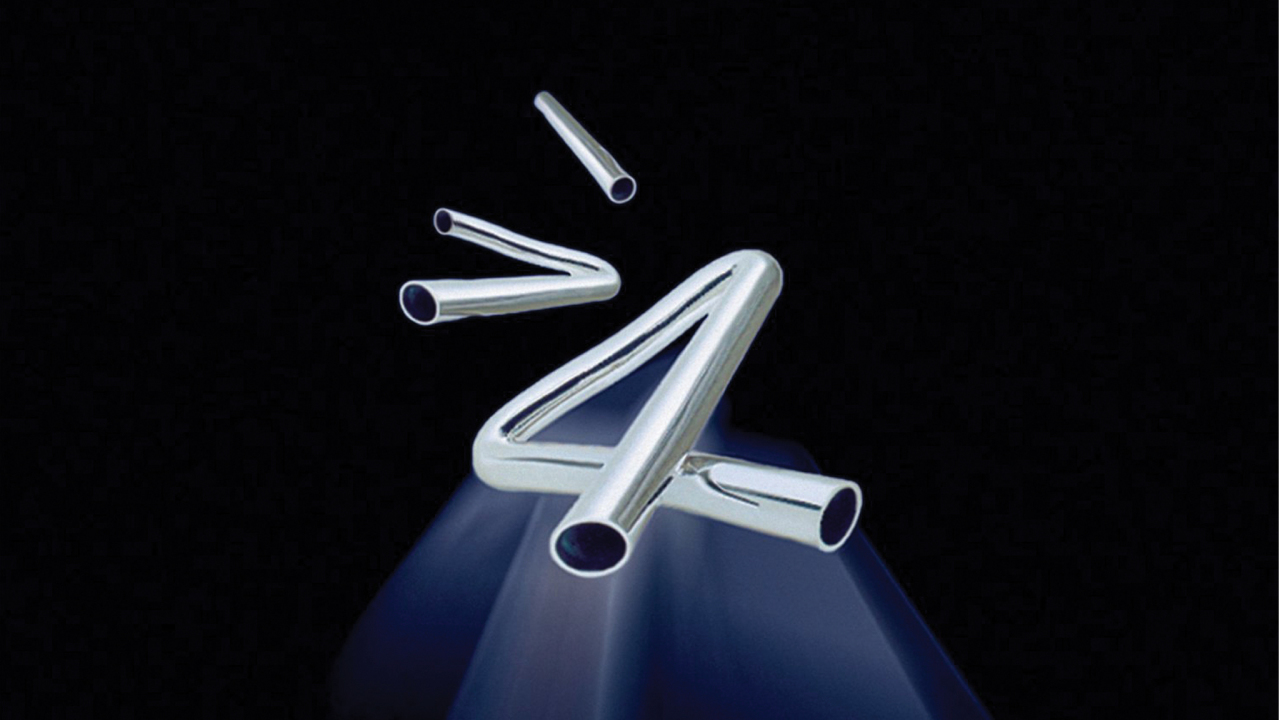Mike Oldfield’s first act after his messy split with Virgin and new deal with Warners was to make Tubular Bells II, the sequel Richard Branson had long been badgering him for.
Released in 1992, it was his best-selling album for years, but listening to it again in this reissues box set, it’s only a qualified success. He updates the template with neat world music frills and ambient electronica, but it mirrors the first’s gloriously unpredictable structure a touch too keenly – from the slightly-tweaked opening melody to the instrument-introduction section and the Caveman grunting on Altered States.
Songs From Distant Earth (1994) is more rewarding. Built around a central, hypnotic musical figure, it incorporates a host of different sonic textures from Gregorian chant (Hibernaculum) to techno-classical (The Shining Ones). 1996’s Voyager_ _suffers in comparison: its Celtic instrumentation hasn’t dated so well, and while it’s pleasant enough, it often lapses into lift muzak territory._ Tubular Bells III _marks a welcome return to a more adventurous approach. The trademark opening motif is repurposed with a 4⁄4 balearic beat (he was living, and indeed raving, in Ibiza by this point) and decorated with Amar’s intoxicating Indian vocals. The irresistible piano-led piece Top Of The Morning and flamenco flavours of Serpent Dream make for a varied listen.
The tunes weren’t as strong on his 1999 hit-and-miss experiment Guitars, but luckily he was back the same year with_ The Millennium Bell_ project. This benefits from being designed as a live piece; the bold, the Incan incantations of Pacha Mama are sweet; the orchestrally enhanced soundtrack swell of Lake Constance also stirs your senses, while the closing title track becomes full-on hands-in-the-air trance.
Oldfield is seen as a pioneer of chillout music, and you can see why on 2003’s Tr3s Lunas, in the transcendent, dawn-breaking beauty of _Viper _and Thou Art In Heaven. Closing this box set is the complete re-recording,_ Tubular Bells 2003_. Devotees might find that some of the beloved original’s organic subtleties are lost amid this hi-tech overhaul, but more often than not, it works superbly. New instrumental elements are brought out of the mix and you’re forced to look at a classic album in a new, high definition light.
This box once again emphasises Oldfield’s crowning achievement over four decades: he has continued ploughing his own, ever-evolving individual furrow into brave new worlds, while coming to terms with a past so imposing that it would have all but destroyed lesser artists.

